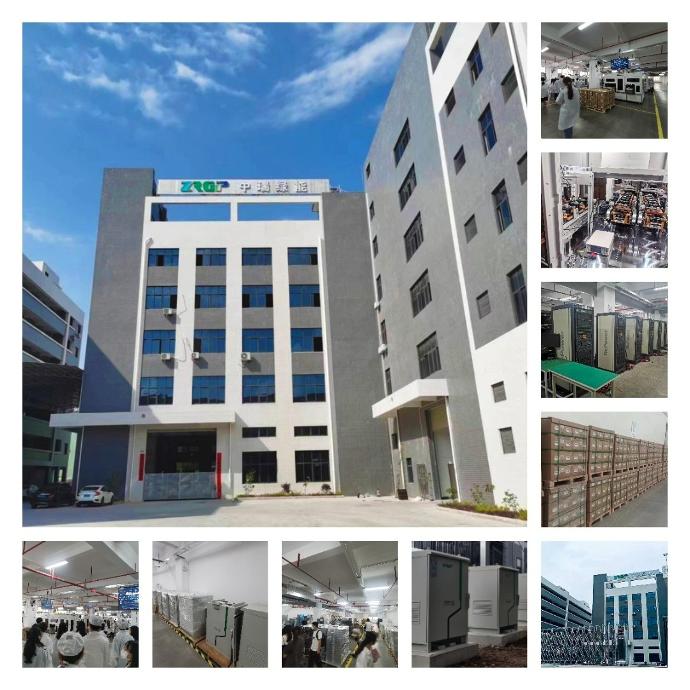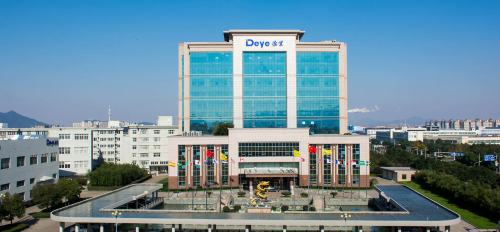About
Joule Power – Your Partner in Renewable Energy Solutions
At Joule Power, we specialize in importing and distributing cutting-edge hybrid inverters and batteries tailored for residential and commercial applications. Our mission is to empower solar PV installation companies and integrators with reliable, high-performance solutions that optimize energy usage and sustainability.
Why Choose Joule Power?
- Original importer: Joule Power was the first to import Deye inverters into Australia and start promoting them. We supplied an all-in-one solution using a Deye SUN-12K 12kW 3-phase inverter, combined with 20kWh battery to Glen Morris at the Smart Energy Lab to put the Deye hybrid inverter and batteries through their passes.
- Expertise in Renewable Energy: With years of experience in the renewable energy sector, we understand the unique needs of PV installers and integrators.
- Tailored Solutions: Whether you're integrating a battery or inverter into your own product or enhancing an existing installation, our solutions are designed to meet your specific requirements.
How We Support You
- Technical Support from OEM: As the first importer of the Deye inverters and exclusive importer of the ZRGP batteries, we have direct contact with the technical support of both OEM's which enables us to provide a level of technical support you will not find anywhere.
- Customer Satisfaction: While there are an increasing number of resellers out there that are focused on just making money, we at Joule Power put customer satisfaction as our top priority.
Partner with Joule Power
Join the growing list of leading PV installers and integrators who trust Joule Power to provide them with renewable energy solutions and support they need to grow their business. Get in touch today to explore how we can support your projects and business goals.
Zhongrui Green Energy Technology (Shenzhen) Co., Ltd. (ZRGP) was established in Shenzhen in 2016. It is mainly engaged in R&D, manufacturing and sales of the distributed power system(DPS), standard lithium battery module, lithium battery energy storage system(ESS), battery management system(BMS), and energy IoT platform. It is led by a senior R&D and operation team and equipped with a number of core technologies and software copyrights with core independent intellectual property rights. All these core technologies make Zhongrui the leading solution and product supplier in China. Zhongrui is committed to provide safe, durable and sustainable products to our customers.


Ningbo Deye Inverter Technology Co., Ltd, (DEYE) founded in 2007 with registered capital 300 million RMB, is one of the China’s high-tech enterprises and a subsidiary of Deye Group. With a plant area over 15,000㎡ and complete production and testing equipment, Deye has become a major player in the global solar inverter market.
Ningbo Deye Inverter Technology Co., Ltd is dedicated to providing complete photovoltaic power system solutions, including residential and commercial power plants solutions. Also, Deye offers the right device for each application: for all module types, for grid-connection and stand-alone grids as well hybrid inverter system, for small house systems and commercial systems in the Megawatt range. Among them, PV grid-connected inverter power range from 1.5-110kW, Hybrid inverter 3kW-12kW, and microinverter 300W-2000W.
As a technology-oriented company, Deye has always been committing to research and develop new cutting-edge technologies to provide efficiency and reliable products. For example, Deye adopts T-type three-level topology and enhanced SVPWM algorithm to further improve the conversion efficiency by 0.7% compared with common SPWM.


